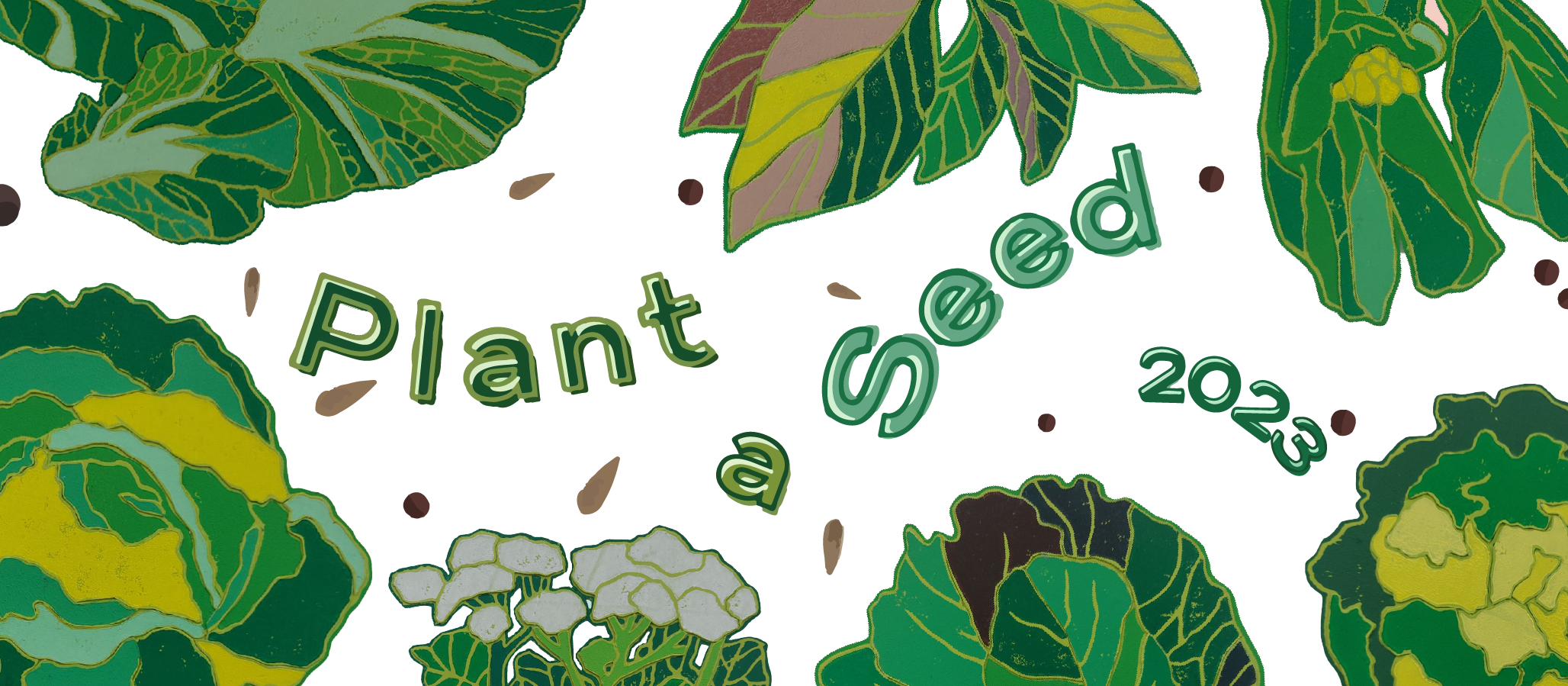By Mara Welton, Slow Food USA Programs Director


1. Sea kale is a newly boarded Ark of Taste food that is included in this year’s Plant a Seed kit featuring the biodiverse family of greens. As an ethnobotanist, can you share any fun facts about its history?
In England and Europe, it was valued for early season human forage and animal fodder. Like many perennial edibles, it was valued as a part of early spring diet that provided necessary nourishment before annual spring greens/vegetables were ready to harvest. It was introduced to the US in 1808 via Thomas Jefferson’s experimental gardens at Monticello, and he considered Sea Kale to be one of his favorite vegetables.
2. In this time of climate uncertainty, having biodiverse sources of nutrition can be beneficial. Where does sea kale fit into this story?
Sea kale can grow well in either hot or cold climates, but in the northeast where I live, it seems to be a better edible and ornamental addition to a garden than an economic plant/vegetable. As with all cruciferous vegetables, the consumption of sea kale is scientifically proven to prevent colon cancer.



3. If we were able to successfully germinate our sea kale this year, how can we keep our plants happy and producing for a long time?
4. Do you grow sea kale in your gardens (or have you grown it) and what is your favorite way to eat it?
I grow sea kale at Bedrock Gardens in USDA Zone 5 in Lee, New Hampshire. I like nibbling on the seed pods, adding flowers to salads, and tossing tender spring leaves into soups, stir fries and side-dishes. I should add that like other kale, I like it best when massaged with lemon and sea salt to help make it more digestible and flavorful (think ceviche).


